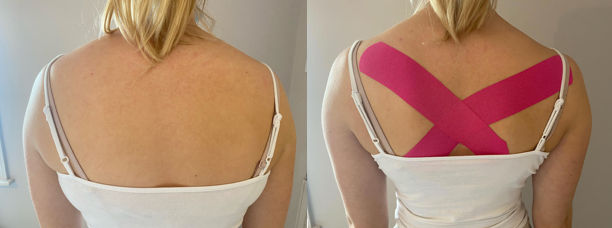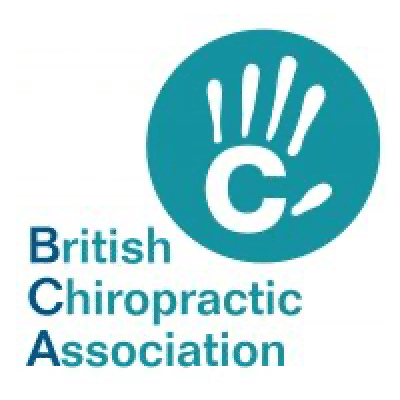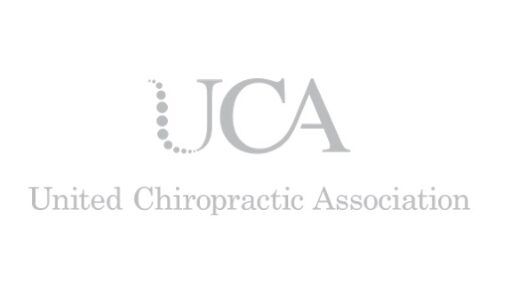Kinesiology Tape: What is it?
If you have watched sport you have probably seen athletes wearing tape. Whether this is the typical brown sports tape or bright colourful tape in various different patterns. But have you ever wondered why people actually use tape?
Sports Taping
For a number of years various taping techniques have been used for injury prevention and treatment of sports injuries. The aim is to provide protection and support to joints and muscles. There are different tapes that can be used. ‘Sports Tape’ which is the most common rigid tape style. Also non- elastic tape (Zinc Oxide), this can be used when less support is required. All tapes can be applied using different techniques dependent upon the desired effect.
Kinesiology Tape
Kinesio Tape was developed in the 1970’s by Dr. Kenzo Kase, a Japanese Chiropractor. He wanted a tape that provided support. But did not limit movement in the way that conventional sports tapes do. It is very stretchy and was designed to mimic the skins elasticity. This allowing full range of movement. Kinesiology Tape has been found to be multi-functional dependent on application. It can be applied in the shape of a ‘Y’, ‘I’, ‘X’, ‘Fan’, ‘Web’ or ‘Donut’. The shape used depends on the affected muscle and the desired effect.
In recent years Kinesiology Tape has become increasingly popular for injury prevention and rehabilitation. This is because it can be applied to any body part and has the ability to last a number of days. It is also water resistant which allows it to last for several days. It can also be used by anyone. You do not have to participate in sport to use the tape. Research has found it to be beneficial in providing support and decreasing swelling. Muscle relaxation is another key benefit as well as improved performance and the ability to improve posture and strength. It can also help to reduce pain.
Interestingly it is thought that the colour of the tape may influence the physiological outcome. Research has identified the colour red to enhance strength and neuromuscular function.
What can Kinesiology Tape help?
Posture
Kinesiology Tape can help to ‘re train’ muscles that have lost function or are not functioning how they should. Correcting posture is a great example of how Kinesiology Tape can be used to retrain muscles. The tape is applied in a certain way that encourages your muscles to engage the correct position. Research suggests that this sensation makes us more aware of how we are standing. This assists us to pull back our shoulders and stand with straighter posture. Who knew that tape could make such a difference to our posture.
Decreasing Pain
When Kinesiology Tape is applied it lifts the skin. This increases the space between the top layer of skin and underlying connective tissues. Resulting in decreased pressure on the pain receptors. This helps to decrease pain.
The taping technique below is for someone suffering Achilles Pain. The aim is to lift the skin, to allow increased blood flow to the area which enhances the healing process. It also provides support to the Achilles tendon to protect it from further damage.
Increasing Strength
Kinesiology Tape application can assist with increasing strength. The tape applies a stretch on the over lying skin and fascia. This lifts the skin increasing the space between the skin and connective tissue, allowing increased blood flow to the area and encouraging more motor units to the area. Facilitating the muscle stimulates the tissue meaning there is higher tension in the muscle. In turn it encourages muscle contraction, resulting in increased strength.
Lymphatic Drainage
So what is lymphatic drainage? This is the removal of waste products built up in the body. It helps to control swelling and bruising. The skin binds to the tape and lifts the skin. This detaches filaments that allows lymph nodes to drain. Resulting in increased blood flow, decreased congestion, tension and inflammation. The taping technique below is an example of how we would tape to encourage lymphatic drainage.
If you have any further question about Kinesiology tape or think it could benefit you, please send me an email.
Read onto our next article by Nadene on ‘Top Tips for Lower Back Pain.’
























